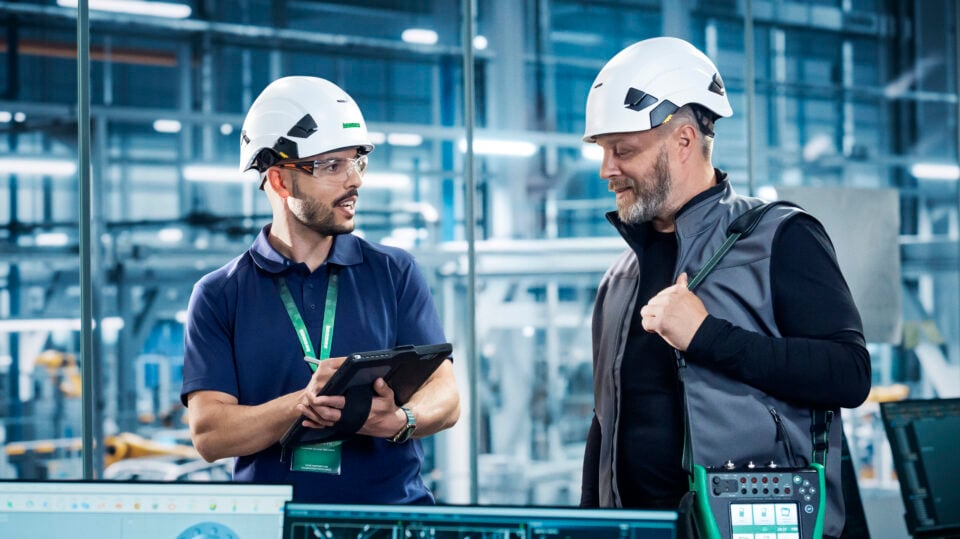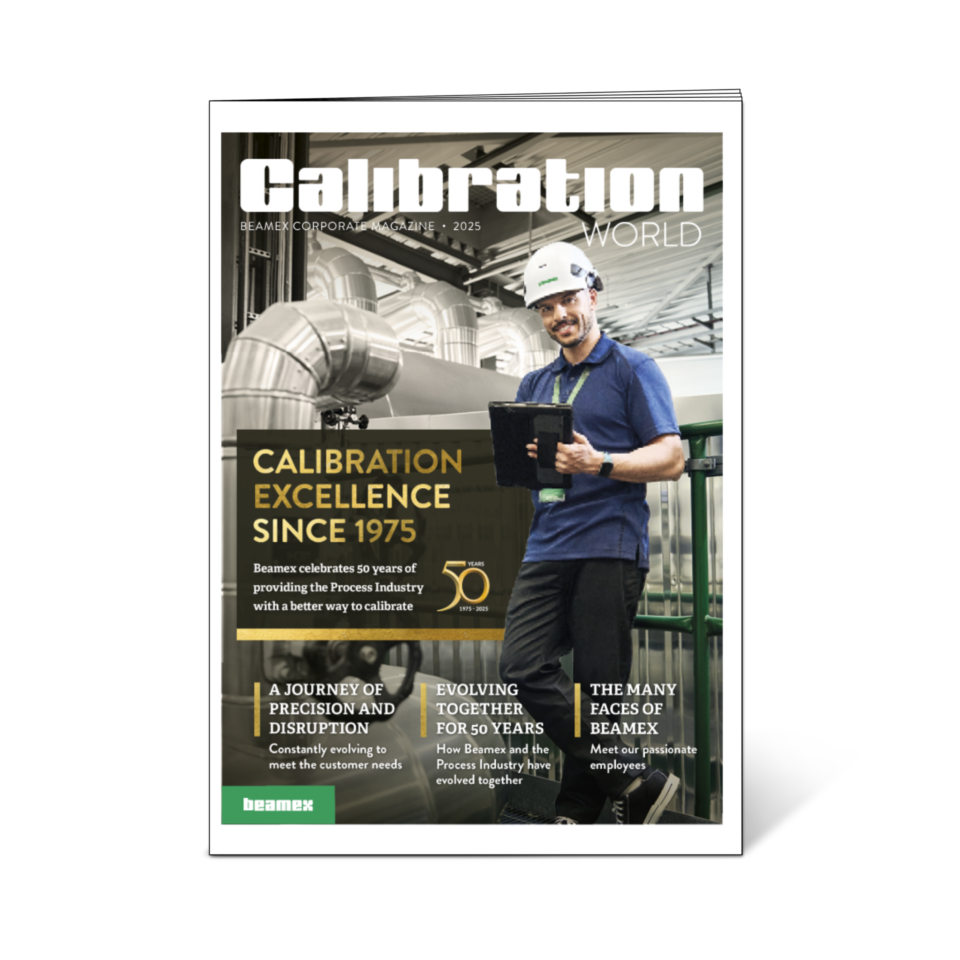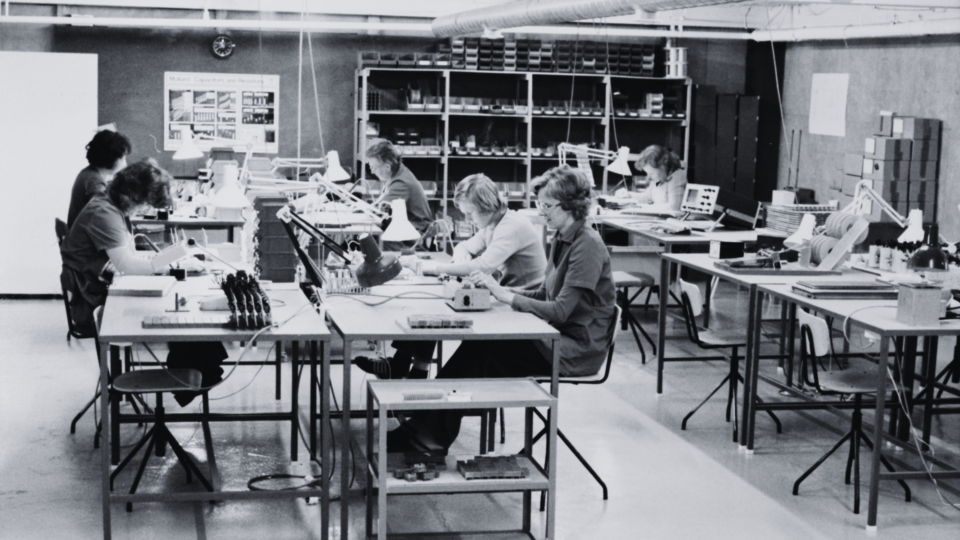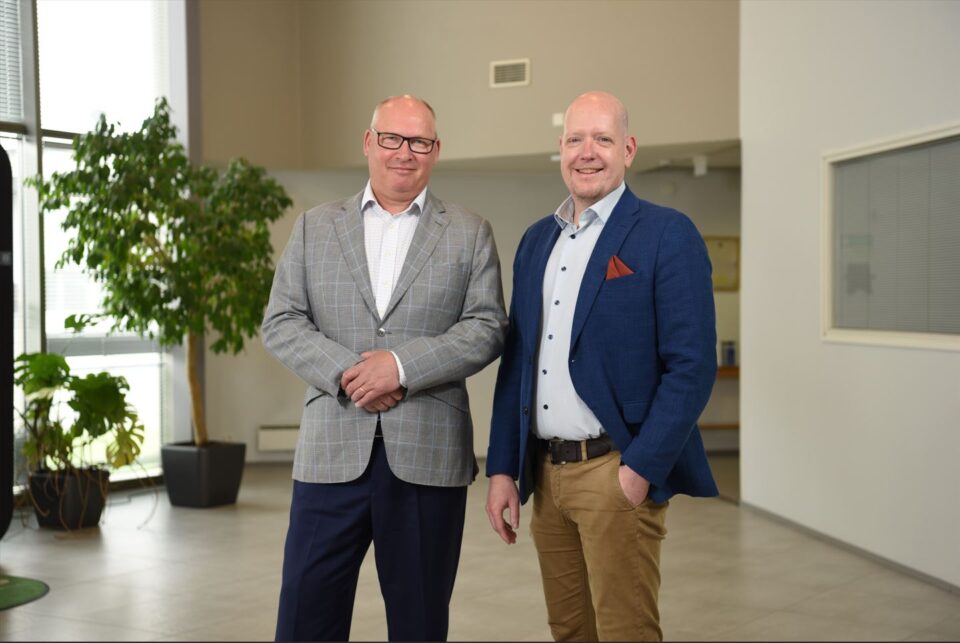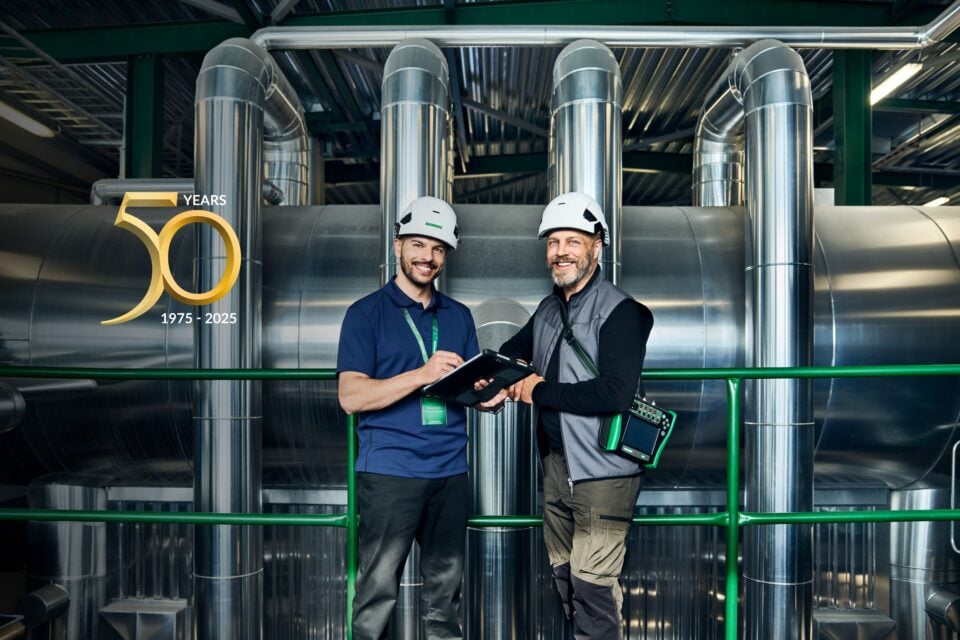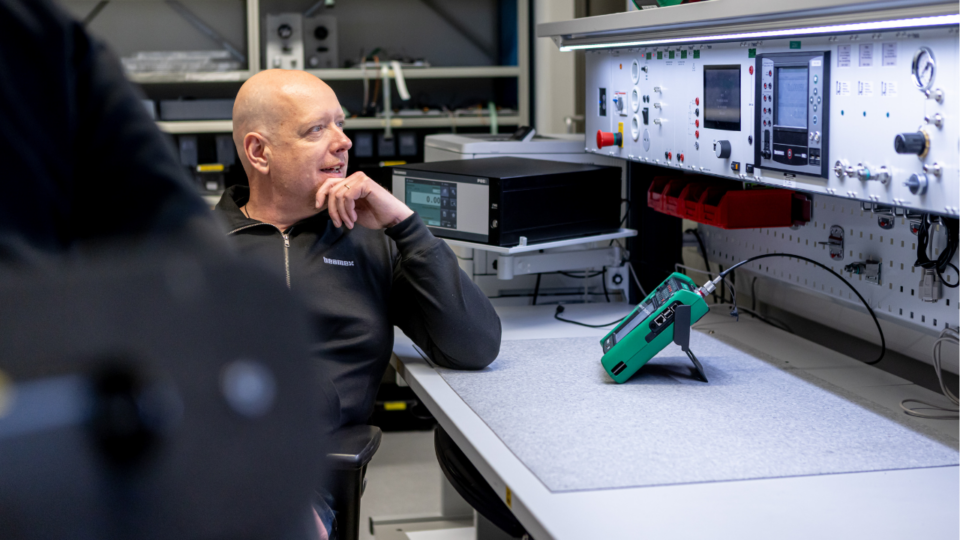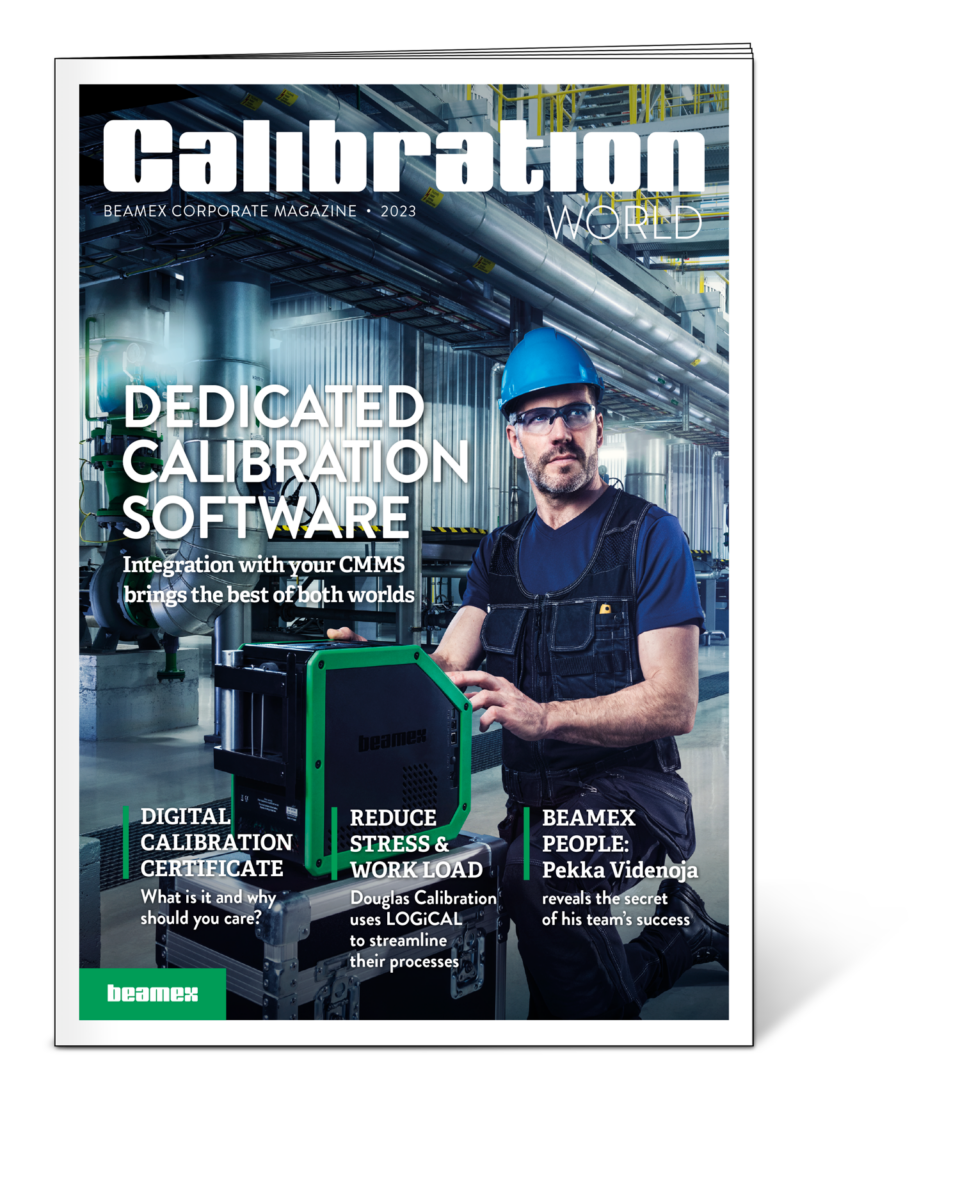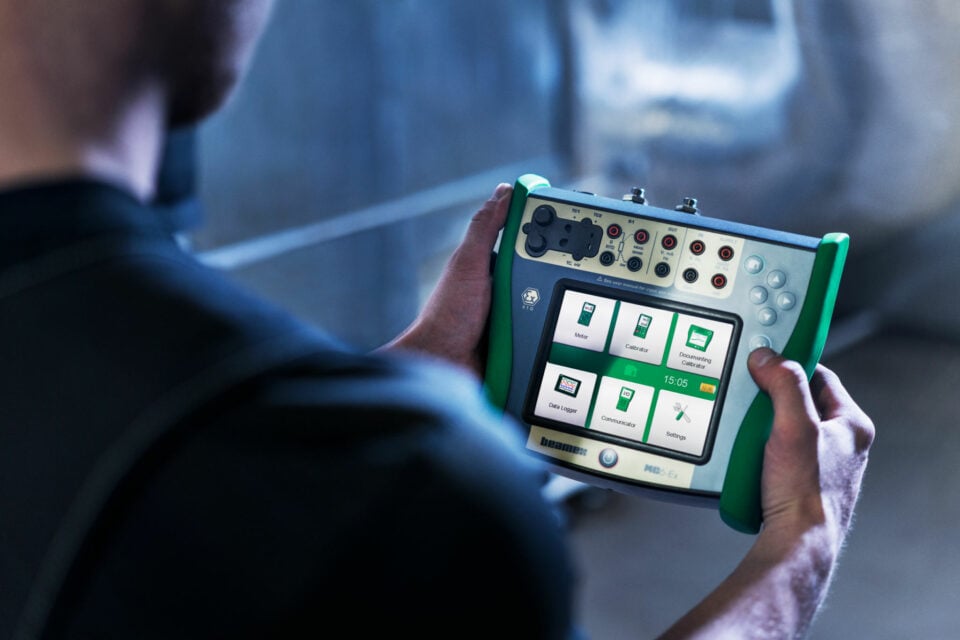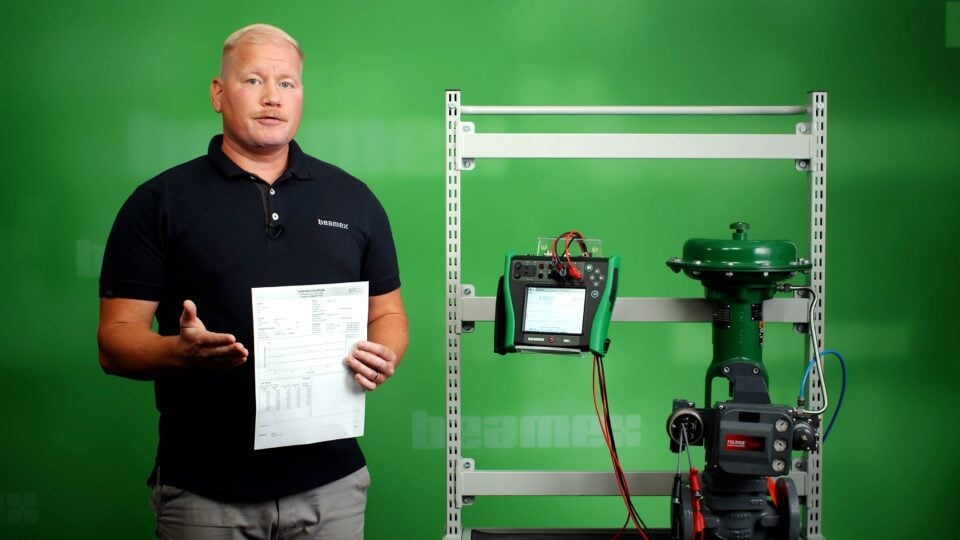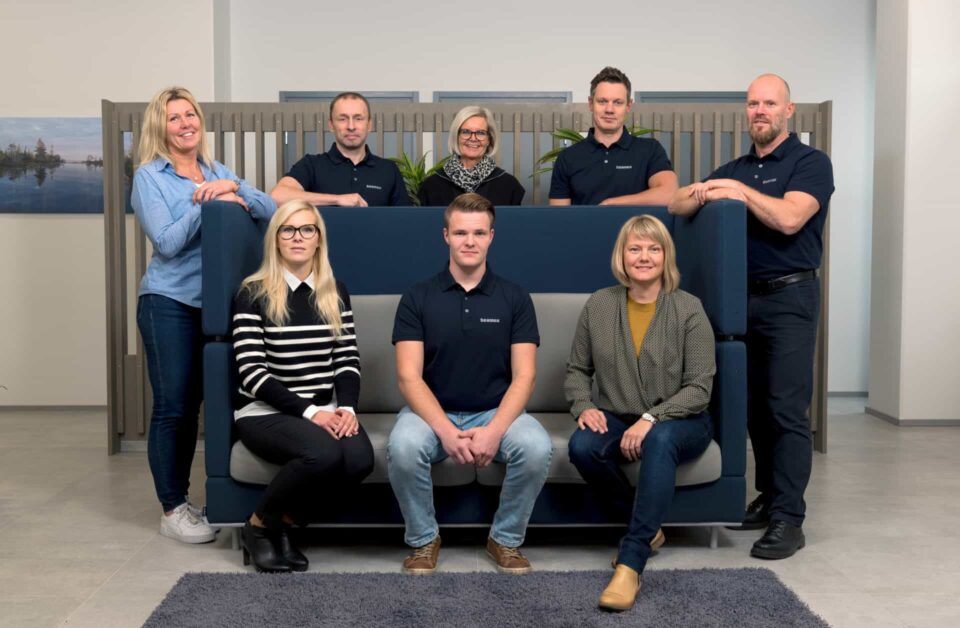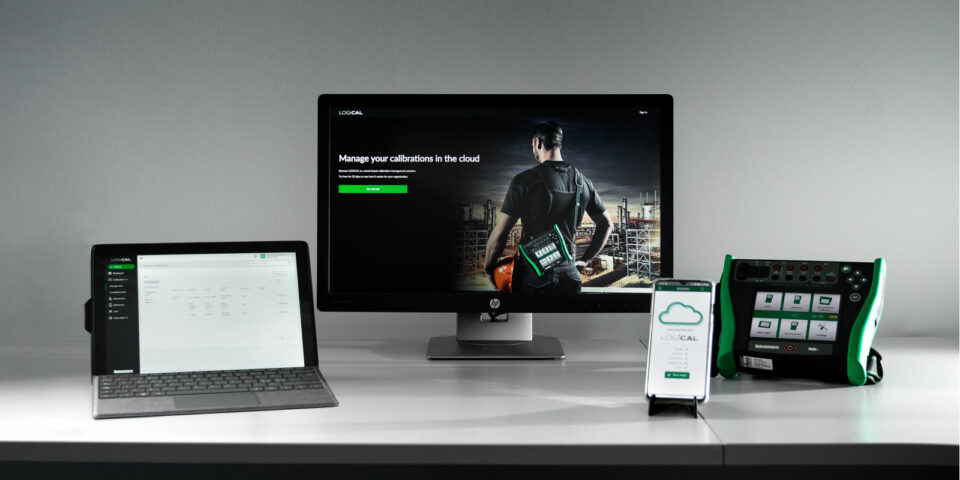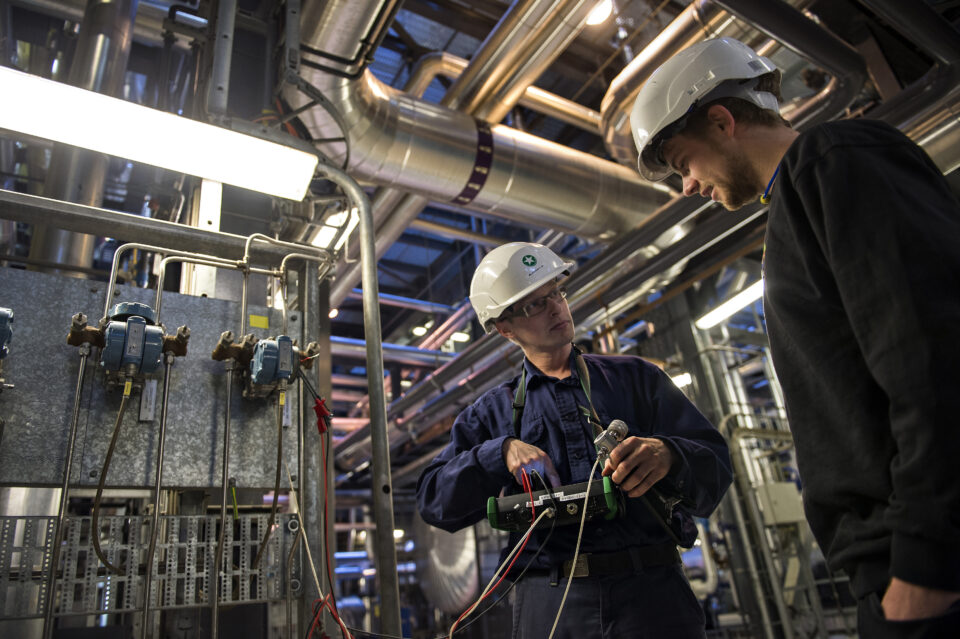
Living on the edge of innovation
Sami Koskinen, Director of Digital Transformation, Beamex
One of our internal slogans at Beamex is “default to open”. By that I mean we always strive to be open, and transparent and to share information. Whenever I conduct a meeting, I make sure all my notes, details of decisions taken, and conclusions drawn are available for everyone to access. Why? Because only by sharing can this information and data be utilised, and true value unlocked.
That’s pretty much the approach we take at Beamex when it comes to technology. We believe that the democratisation of technology and data is the only way to benefit from digitalisation at scale and that doing so will create new opportunities for our people to innovate new products and services. From advanced computers to the cloud to AI to whatever other new disruption is on its way, I’d urge readers to make the widespread use of these technologies a priority.
Why am I asking you to do this? For very practical reasons. One, fact is that traditional IT-led companies have not been able to keep up with the rapidly evolving technology space. Allowing people to work with new technologies is a more agile way to meet that challenge. Two, democratising the use of technology and data allows you to engage with your workforce more effectively, creating a sense of inclusiveness and shared purpose. Three, through democratisation, you are creating a level playing field where all functions of your organisation can innovate products and services that cater to unique customer needs and requirements, something that is hard to do with a more hierarchical structure.
Ideating on the edge
Sounds far-fetched? Not at all and I can prove it with examples from Beamex. An idea came from our R&D team when they visited a client in Germany and saw them using their phones to take pictures of a product, draw on data from the cloud and try to manoeuvre between different devices to get a task done. That inspired them to consider ways to improve hands-free and possibly voice-activated access and the technologies that could enable this. The result is a very successful proof-of-concept in the form of using smart glasses and AI to act as a second pair of eyes, effectively using machine learning to validate calibration data. We already have a working concept and while the industry may not be ready for this just yet, they will get there. It is just a matter of time before I see maintenance technicians using smart glasses to get instructions, guidelines, and other information and when that happens, this proof of concept will be waiting.
That’s not all. If I look at other examples, the use of low and no-code platforms could enable your business development manager to develop an effective solution based on what they hear from customers, resulting in a better product. Or your HR manager could use Robotic Process Automation (RPA) to develop a new process that reduces workloads by anywhere between 10 to 25%. One of our engineers recently came to us with the idea of creating neural data networks that would connect measurement devices across the world, allowing instruments to validate one another with minimum human intervention.
About 5 years ago (before the current buzz around AI), I recall talking to some of the foremost AI experts about the future of manufacturing. One of the scenarios they described was high-tech factories that would use EDGE computing to automatically rework assembly lines as new products were introduced. Upgrades and variants would be directly applied to new models without having to retool or build new facilities, reducing time to deployment. That was a compelling vision of the future and one that we might well be heading into. And the democratisation of technology and data is an inevitable part of innovating on the edge. As technology becomes more accessible, it is these maverick ideas that will power the industries of the future.
That said, while the leap towards democratisation of technology and data is taking off, the bigger question revolves around whether industries have adopted the democratisation mindset. How willing are they to share data and to let their products talk to one another?
Should we adopt the pharma approach?
My colleague Jan addressed the need for this in his blog and I can vouch for the need to have open and shared data ecosystems that allow users to effectively leverage this trend. The way I see it, most companies are employing closed ecosystems like Apple, fencing it off so that users are only able to access their products and services, and allowing little to no data exchange outside this closed loop. While these companies may claim to have democratised technology and data, the fact is that a lot more could be achieved if they had more open sharing, standards and APIs. The next breakthrough does not necessarily have to be from Europe. It could come from Africa or South America. But we will never know since people there are not able to access this data.
Is there a way to solve it? It is a tough question. Companies are understandably protective of their data and the investments they have made in it. What is the return on investment for them if they decide to share their data and innovations arise from it? At the same time, having all this data and tech locked away goes against the principles of democratisation.
One solution that I have been thinking about recently is to take a page from the pharmaceutical industry. Typically, pharmaceutical companies spend time and resources on developing a new drug for which they hold patents for a specific period of time. At that time, they are allowed to set their own price and market the product to their benefit. But after their time has elapsed, they either need to formulate a more effective version of the drug or allow generic drug manufacturers to make copies of it. Why can’t that approach be used for industrial data? Why can’t companies be given let’s say 10 years to monetise their data as they see fit, and if they have not done anything substantial in that time, the data gets shared with the larger industry allowing for democratised access? This could result in a win-win for all.
Of course, in all of this, data security and safety are critical. And so is accuracy. When talking about democratised access to technology and data, one incorrect measurement or dataset could topple the entire value chain. As industries rapidly digitalise and enable greater access to technology and data, steps must be taken to verify and validate data as much as possible.
At Beamex, we are in the business of enabling that safety and accuracy. If you have ideas on how we can collaborate and make the democratisation of data and technology universal, get in touch. I’d be happy to spar new ideas with you.
You might also find interesting

For a safer and less uncertain world
Welcome to our series of topical articles where we discuss the impact that accurate measurement and calibration has on the world and our everyday lives.

